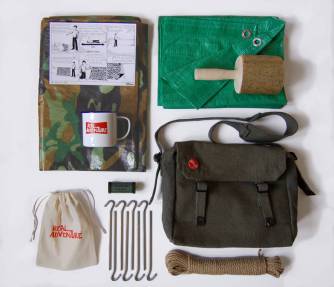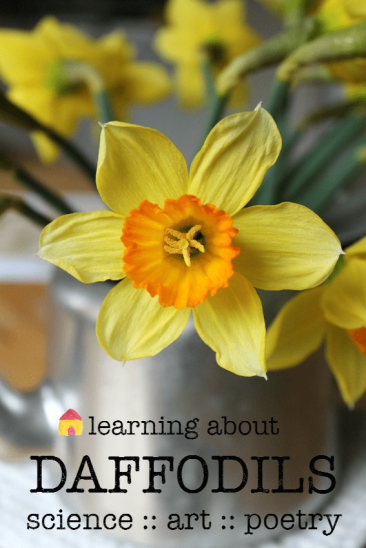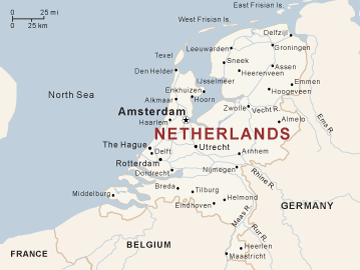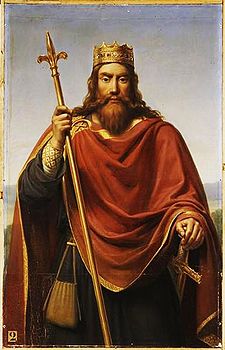1254 Marco Polo born – so go exploring:

Battle of Britain Day
National Hispanic Heritage Month starts in US
Costa Rica/El Salvador/Guatemala (20th October) /Honduras/ Nicaragua (19th July) Independence Days (from Spain, 1821)
Costa Rica means Rich Coast, and it was first inhabited by hunter-gatherer tribes about 10,000 years ago, and when Colombus sailed past in 1502 he reported the natives wore vast quantities of gold jewellery.
A Spanish conquistador landed in 1522. But despite its name, and because Spain forbid it from trading with nearby islands that belonged to other empires, Costa Rica actually became one of the poorest Spanish colonies.
The Spanish Constitution of 1812 made Costa Rica an autonomous province, but clearly news didn’t get through as Costa Rica celebrates its Independence Day after Guatemala declared all of South America independent in 1821.
Costa Rica has had a more peaceful independence than most of South America, with the exception of a 44-day civll war in 1948 that left 2,000 dead. After that Costa Rica abolished its military, just to be safe.
Costa Rica is famous for its mysterious prehistoric stone spheres:

They have the world’s oldest men – i.e., they live the longest, and rank number 1 on the Happy Planet Index, meaning they live happily without destroying the planet too much. They say ‘pura vida’ – pure life – as ‘hello’ and ‘goodbye’.
El Salvador means The Saviour, i.e., Jesus.

It was originally inhabited by Native American Lenca people, then the Olmecs who left great pyramids behind, then the Mayans, who were chased out by the eruption of the supervolcano Ilopango. These were followed by the Pipil people, whose word for El Salvador, Kuskatan, eventually became the word used to describe people from El Salvador, Cuzcatlecos.
Spanish conquistador Pedro de Alvarado arrived in 1524 after Spain conquered Mexico. But the Cuzcatlan soldiers were ready and chased them off. When Pedro sent Mexican messengers to ask them to return the weapons they’d stolen and to surrender to the Spanish crown, the reply was “If you want your weapons, come get them.”
But the Pipil people were weakened by smallpox and El Salvador was conquered in 1525. But a Lenca princess, Antu Silan Ulap I, raised armed resistance and managed to destroy the first Spanish garrison of San Miguel. For 10 years the Lencas kept the Spanish out, but they eventually returned with enough soldiers to chase the Lencas into the moutains.
In 1821, after several independence movements, Spain granted independence to their Central American colonies. El Salvador became part of the First Mexican Empire, then the Republic of Central America, then had a load of juntas and coups, then had a civil war 1979-92.
El Salvador has over 20 volcanoes and a history of very destructive earthquakes. It also suffers from severe droughts leading to famine, and severe rains that cause flooding and landslides. Due to climate change it also gets more hurricanes than it ever used to.
Honduras
Honduras was originally inhabited by Mesoamerican people, especially the Mayans.
In 1524 the Spanish arrived, led by Hernan Cortes, and eventually conquered it, making it part of their Kingdom of Guatemala. Spain made the Honduras people work in silver mines, and when they refused or fell ill, imported African slaves to do it instead.
Honduras gained its independence in 1821. By 1904 it was called the ‘Banana Republic’ as it had so may companies exporting fruit.
In 1969 Honduras’s former president blamed the country’s economic problems on immigrants from El Salvador. The two countries then had a ‘friendly’ football match before a World Cup Game and somehow this escalated into a full-blown war, called the Football War.
It has the highest homicide rate in the world. Velasquez came from Honduras – he painted this:

Honduras people say they have an annual rain of fish, called the Lluvia de Peces. They have a really miserable legend called La Llorona, a Weeping Woman who drowned her children in revenge for her husband taking a younger mistress, then drowning herself. Turned away from Heaven, she wanders around trying to drown living children to swap for her own children’s souls.
Mooncake Festival (2016): Parade with lanterns and masks; mooncakes. Tell the story of the Jade Rabbit.


 https://nurturestore.co.uk/learning-about-daffodils-spring-science
https://nurturestore.co.uk/learning-about-daffodils-spring-science




















